
Best Earth Images of the Week Dec. 21, 2012
Feeding frenzy
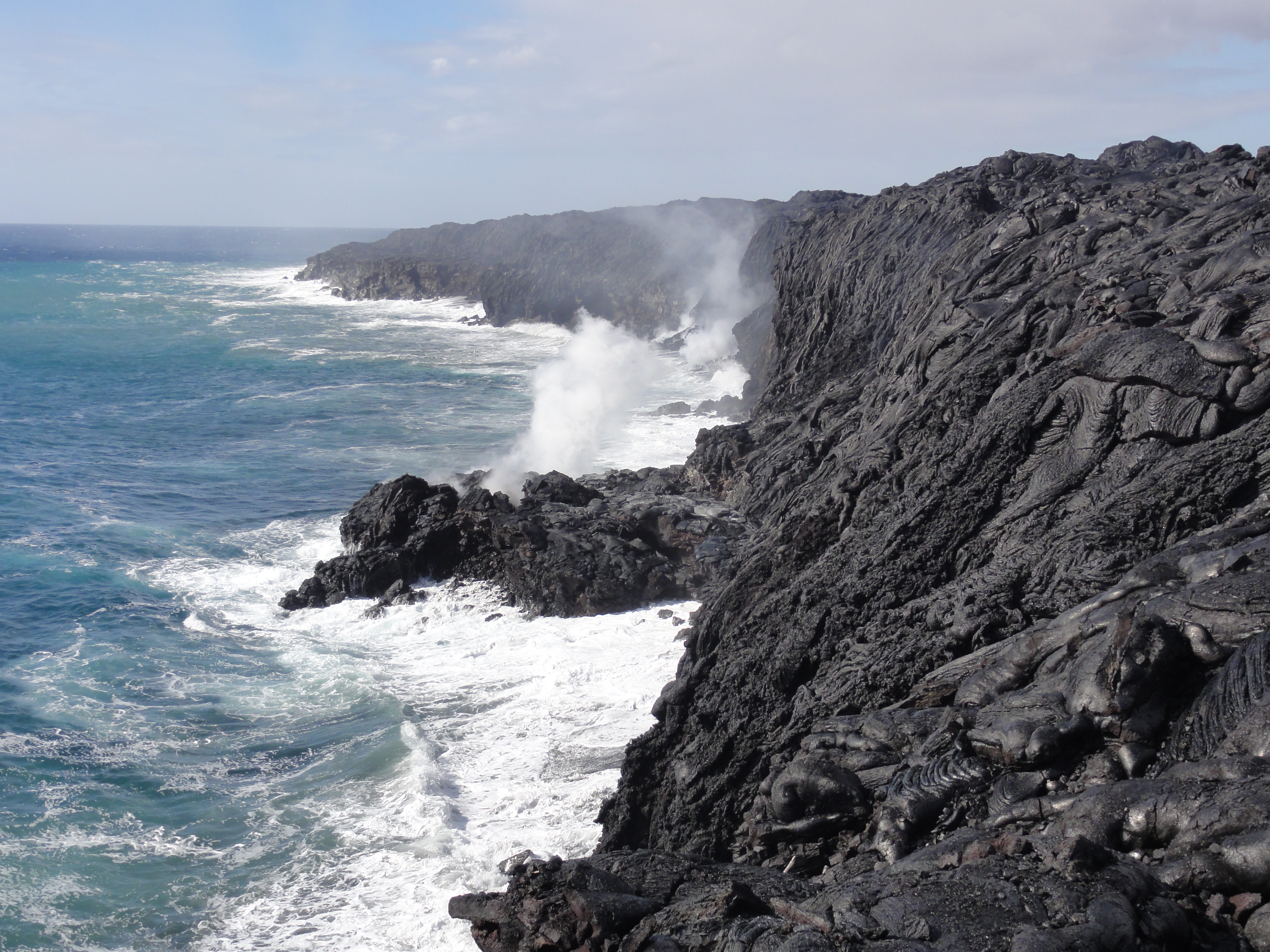
More than 30 small earthquakes, most too small to feel, shook the island of Hawaii in the past two weeks.
The tremors are signs of magma moving underground, feeding two ongoing eruptions at Kilauea volcano.
[Full Story: Shake and Pour: Hawaii Lava Spills into Ocean]
Strange species
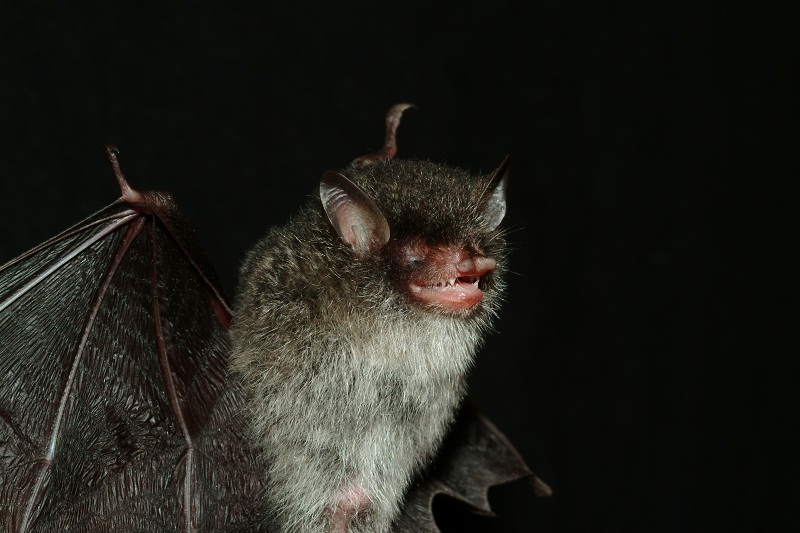
Beelzebub's bat, a walking catfish and a frog that sounds like a bird are among 126 species introduced to science in just a year in the incredibly diverse Greater Mekong region of Southeast Asia, according to a report released this week by the conservation group World Wildlife Fund (WWF).
[Full Story: Walking Catfish, Demon Bat Among 126 New Mekong Species ]
MINE!

Keepers at the San Diego Zoo have been having a hard time getting panda cub Xiao Liwu to sit still during his regular checkups. But this week they found that, much like a toddler, the fidgety bear calms down when he has a toy to play with.
[Full Story: Cute Panda Cub Plays Ball]
Crucial additions
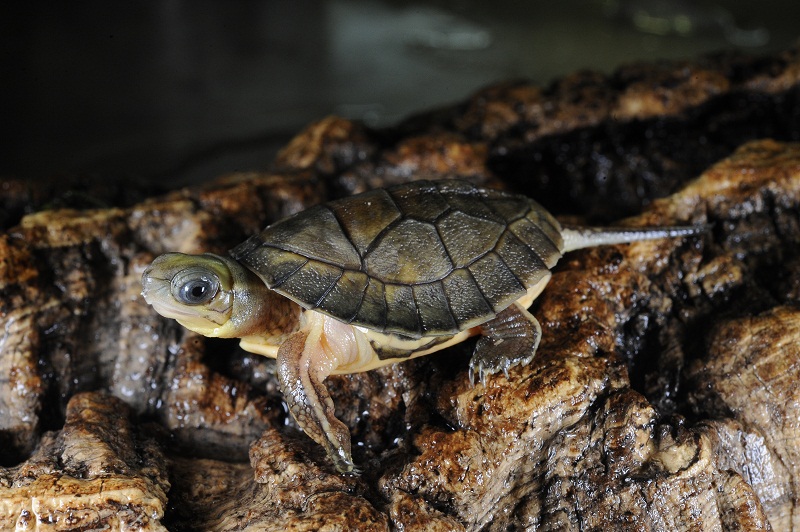
The Wildlife Conservation Society's (WCS) Bronx Zoo in New York has welcomed five extremely rare Chinese yellow-headed box turtles.
The hatching marks a significant population boost for the species, since there are only estimated to be 150 left in the wild.
[Full Story: Very Rare Turtles Hatch in NYC]
Just right
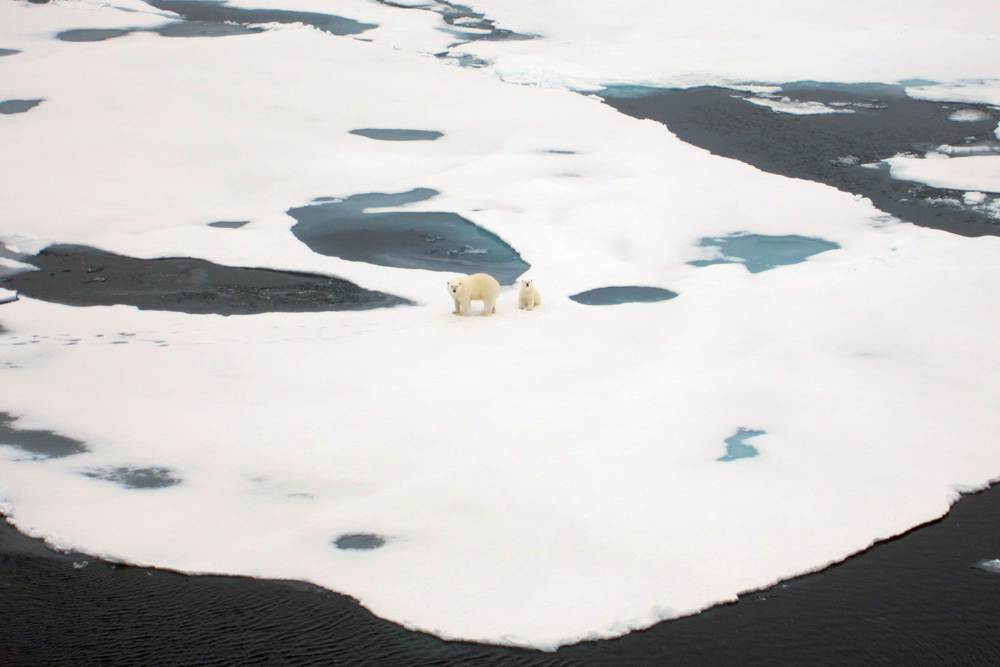
Walruses are sort of the Goldilocks of the North Pole the chunks of sea ice they call home must be just right. If the ice floe is too large, the walrus can't get to water quickly enough to escape a polar bear attack; too small, and the ice can't support their weight and the walruses go splashing into the sea.
Now, a new technique for mapping the 3D structure of Arctic ice promises to help researchers better understand the habitat needs of walruses and other wildlife. The 3D ice maps could also aid in planning shipping routes, research cruises and other Arctic endeavors, said Chandra Kambhamettu, a computer scientist at the University of Delaware who developed the technique.
[Full Story: New 3D Maps Show Walruses' Icy World]
Arctic heat transfers
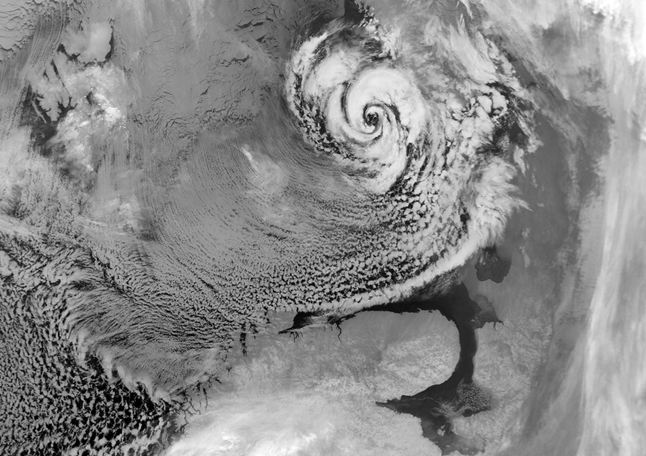
Santa better have hurricane insurance.
Every year, there are thousands of cyclones in the Arctic, some with hurricane-force winds. Before satellites spotted these storms, sailors would return from the North with tales of massive squalls appearing out of nowhere, creating waves up to 36 feet (11 meters) high.
[Full Story: How Arctic Hurricanes Help Warm Europe]
A grand flooding
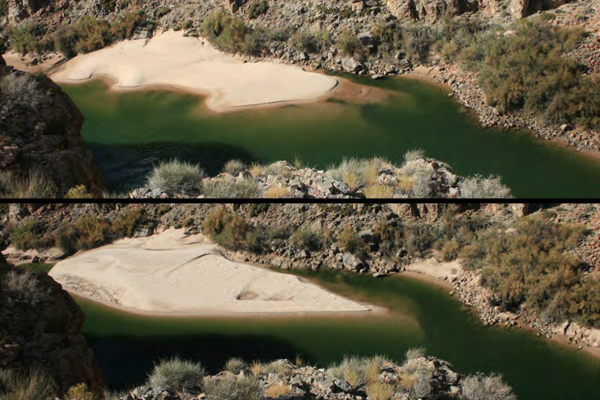
In late November, an artificial flood raced through the iconic Grand Canyon, temporarily transforming the clear blue water back to its historic copper color. The first of several planned floods, the Department of the Interior ordered the deluge, released in a gush from the Glen Canyon Dam starting Nov. 19, to rebuild habitat along the Colorado River.
[Full Story and Images: Before and After Images: Grand Canyon Flood]
Sign up for the Live Science daily newsletter now
Get the world’s most fascinating discoveries delivered straight to your inbox.
Frosty problem
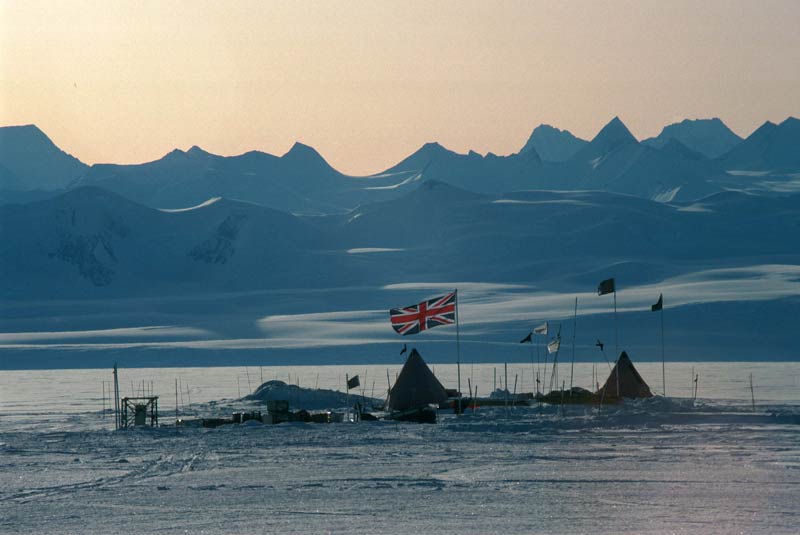
Under the 2-mile-thick layer of ice on a desolate, remote plain in Antarctica lies a lake that has been buried for millennia. Scientists with the British Antarctic Survey are currently camped out above that lake, engaged in an effort, years in the making, to drill down and take water samples from the lake, to see if it holds any forms of life.
Lake Ellsworth is about 7 miles long, a mile wide and 500 feet deep (11 kilometers by 1.6 kilometers by 152 meters). Because the lake has been sealed off by a thick blanket of ice for up to 1 million years before modern humans evolved scientists think microbes or other forms of life in the water could have evolved in interesting ways to deal with an isolated environment away from sunlight.
[Full Story: Mission to Drill Into Buried Antarctic Lake Hits Snag]










